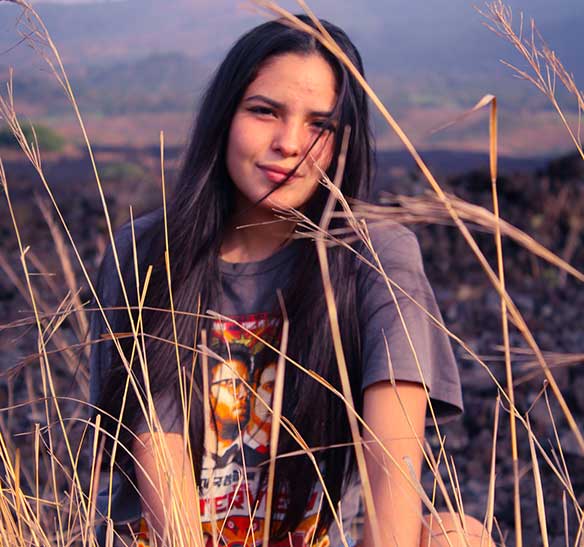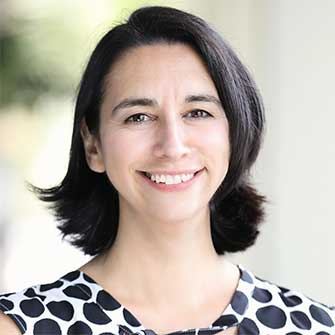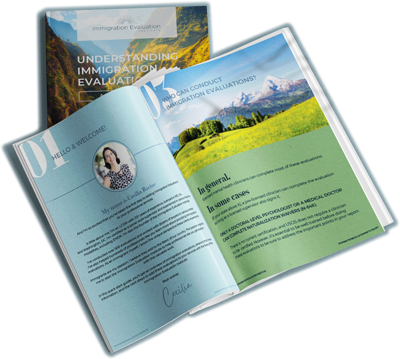What do you want to learn more about?
Celebrating National Native American Heritage Month

November is National Native American Heritage Month across the US.
It’s important more than ever to raise awareness of the contributions famous Native Americans and Indigenous people are making today.
November is a chance for us to celebrate Native American culture and communities, educate ourselves about the history of the lands we call home, recognize the contributions of Native American people throughout our social and cultural histories, and respectfully participate in their culture where appropriate.
The History of National Native American Heritage Month
Dr. Arthur C. Parker, a Seneca Indian, and director of the Museum of Arts and Science in Rochester, N.Y., is credited as one of the first to initiate a day acknowledging Native Americans in the early 1910s.
He persuaded the Boy Scouts of America to set aside a day for “First Americans,” and three years later, in 1915, the annual Congress of the American Indian Association formally approved a plan for an American Indian Day. The president of the association at the time, Rev. Sherman Coolidge, an Arapahoe, proclaimed on the 28th of September of the same year, declaring the second Saturday in May as an American Indian Day.
The governor of New York declared the first American Indian Day in May 1916. Other states declared and celebrated a similar day in September.
In 1990 President George Bush approved a resolution designating November as National American Indian Heritage Month.
In recent years, Native writers like Scott Momoday earned the Pulitzer Prize, and Winona LaDuke made history as a vice presidential nominee. Despite this, Native Americans and Indigenous people still have to combat stereotypes, fight for access to resources and receive much less recognition than their white contemporaries.
6 Native Americans & Indigenous People to Know & Celebrate
Putting together these lists is always educational and inspiring for me, but it can also be a reductionist, as I know there are many more people worth mentioning. So, please don’t see this as a definitive list or preference list!
This is more of a jumping-off board to keep exploring, celebrating, and acknowledging Native American and Indigenous people in our communities.
1. Sharice Davids, Ho-Chunk
Congressperson Sharice Davids made history as one of the first two Native American women to be elected to congress (alongside Deb Haaland). She’s also the first LGBTQ person to be selected in Kansas. Part of the Ho-Chunk Nation, which originated in Wisconsin, Davids regularly works on projects that support Indigenous populations, including boosting economic growth and community development.
On a national level, she works to expand access to healthcare, strengthen voter protection, and provide more resources to small business owners.
2. Jim Thorpe
James Francis Thorpe (Sac and Fox (Sauk): Wa-Tho-Huk, translated as “Bright Path”) was an American athlete and Olympic gold medalist. Thorpe grew up in the Sac and Fox Nation and was the first Native American to win a gold Olympic medal for the United States and also played American football (collegiate and professional), professional baseball, and basketball.
He is considered one of the most versatile athletes in modern sports.
3. Sequoyah, Cherokee
Sequoyah was a member of the Cherokee tribe who is credited with inventing the Cherokee alphabet for the language to be written down and passed on. He developed this alphabet all on his own and later used it to write and print the Cherokee Phoenix – the first newspaper published by and for Native Americans in the United States. It was also the first newspaper printed entirely in the Cherokee language.
The Cherokee language is a unique system called a syllabary. It uses symbols to represent syllables instead of letters and is a fascinating language to study.
4. Jason Momoa, Pawnee, Native Hawaiian
The Aquaman star is worthy of mention for raising representation in one of the biggest franchises in the world. Momoa has talked at length about his Native Hawaiian heritage on his father’s side and Pawnee background on his grandmother’s side.
He has also talked about the role of his tattoos in cultural representation and previously joined protestors to protect Mauna Kea, Hawaii’s tallest mountain.
5. Tommy Orange, Cheyenne, Arapaho
Tommy Orange is a Native American writer whose debut novel There There tells the story of several Indigenous Americans living in Oakland. The book made the New York Times Best Seller list, was awarded Best First Book by the National Book Circle Awards, and was shortlisted for the Andrew Carnegie Medal.
Orange seeks to challenge outdated ideas and misconceptions about Native American and Indigenous people through the medium of writing and literature.
6. Sacheen Littlefeather, Apache, Yaqui
Actress Sacheen Littlefeather is best known for appearing at the 1973 Academy Awards after Marlon Brando turned down his Best Actor trophy. She delivered an urgent and vital speech about the portrayal of Native Americans in cinema that won her boos at the time but is now celebrated as a courageous and essential act of defiance and equality.
With an incredible career behind her, Littlefeather helped to create the National American Indian Performing Arts Registry, helping fellow Indigenous performers secure positive representation roles. She also won an Emmy for her involvement with Dancing in America: Song for Dead Warriors.
Where to Find Out More
The National Native American Heritage Month website has many resources and links to further information to help us all explore this important month more. This includes a list of events, art shows, and cultural exhibitions.
Some other great websites to check include:

I’m Cecilia Racine, and I teach therapists how to help immigrants through my online courses. As a bilingual immigrant myself, I know the unique perspective that these clients are experiencing. I’ve conducted over 500 evaluations and work with dozens of lawyers in various states. Immigrants are my passion, I believe they add to the fabric of our country.
related articles
Helping Immigrants Find Safety and Healing Through U and T Visas
As mental health clinicians, we possess a unique set of skills that can be a…
Expand Your Expertise: Recommended Trainings for Immigration Clinicians
The Immigration Evaluation Institute Comprehensive course is a great first step into the world of…
Ethical Considerations in Immigration Evaluations
The role of mental health professionals in immigration evaluations is fraught with unique ethical complexities.…
Join the Free
Immigration evaluation
therapists facebook group
Are you a therapist that conducts immigration evaluations?



